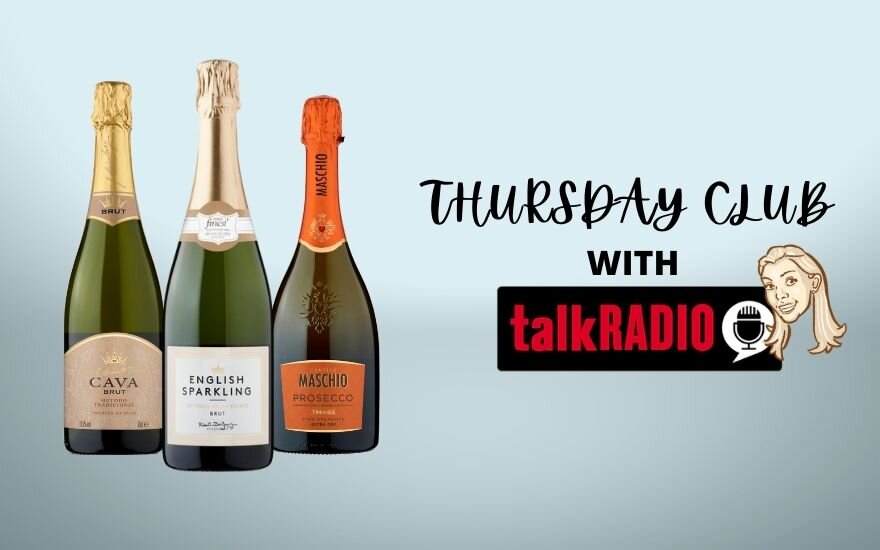Lebanon (Bekaa Valley)
Petit Paradis de Qanafar, Chateau Qanafar, 2018
The Bekaa Valley in Eastern Lebanon is the country’s most important farming region and where 90% of all Lebanese wine is made. With dry summers and cool winters, the climate is Mediterranean where any extreme heat is mitigated by the vines planted at altitude on mountain slopes and the rain shadow those mountains bring. The region produces deeply coloured and flavoured wines from predominantly French grapes.
The Bekaa Valley is also one of the oldest wine regions in the world, with Israelite prophets mentioning the wines of Lebanon during the biblical era as well as the Ancient Phoenicians. Production dwindled during the Ottoman empire but flourished again after the world wars.
Chateau Qanafar is a family run winery that use only grapes they own ans farm right next to their winery. The Petit Paradis is what they call a ‘vin de plaisir’, rather than a simple table wine as it aims to be simple yet structured with lots of vibrant, ripe fruit. Think juicy blackberry and redcurrant with toast and vanilla. Blend: Cabernet Sauvignon (35%), Merlot (25%), Syrah (20%), Tempranillo (20%).
Find it for £14.99 from Naked Wines
South Africa (Stellenbosch)
Reyneke, Cornerstone Organic, 2018
Reyneke is an organic and biodynamic wine estate in Stellenbosch, South Africa run by visionary winemaker Johan Reyneke. Their ethos is all about reusing, recycling, and re-purposing and they do not use any kind or type of pesticide or anything-cide. This properly holistic approach has produced wines of a whole new level of vibrancy showing that methods that are better for the earth are also better for the wine.
Culturally too, Reyeke has a similar approach. Their Cornerstone project is founded on the fact that you cannot make good grapes without good people who want to do a good job. They employ local workers, empowering them to become financially independent and educated through this scheme with retirement annuities and funeral policies added to the pay structure of all permanent employees.
This classic Bordeaux-style blend is all about ripe blackcurrant spice and tobacco leaf flavours. Blend: Cabernet Sauvignon (63%), Cabernet Franc (36%) Merlot (1%)
Find it for £16.99 on offer at WaitroseCellar
Chile (Maipo Valley)
Santa Rita, Triple C, 2018
Santa Rita was founded in 1880 in Chile’s Maipo Valley when founder Don Domingo Fernández Concha brought over grape varieties from Bordeaux, installed state-of-the-art equipment and employed a team of fantastic winemakers. With that, Chilean wine making was changed forever! Today, Santa Rita still pioneers, using the most advanced technology and producing world class wines. The Triple C is a nod to the traditional French blends at the heart of the winery's history, which are aged in French oak. Concentrated but fresh, think black cherries, cedar and tobacco with awesome structure.
Blend: Cabernet Sauvignon (45%), Cabernet Franc (40%) Carménère (15%)
Find it for £19.99 mix 6 price at Majestic
See what else Helena has tasted on talkTV with Mike Graham here!/



